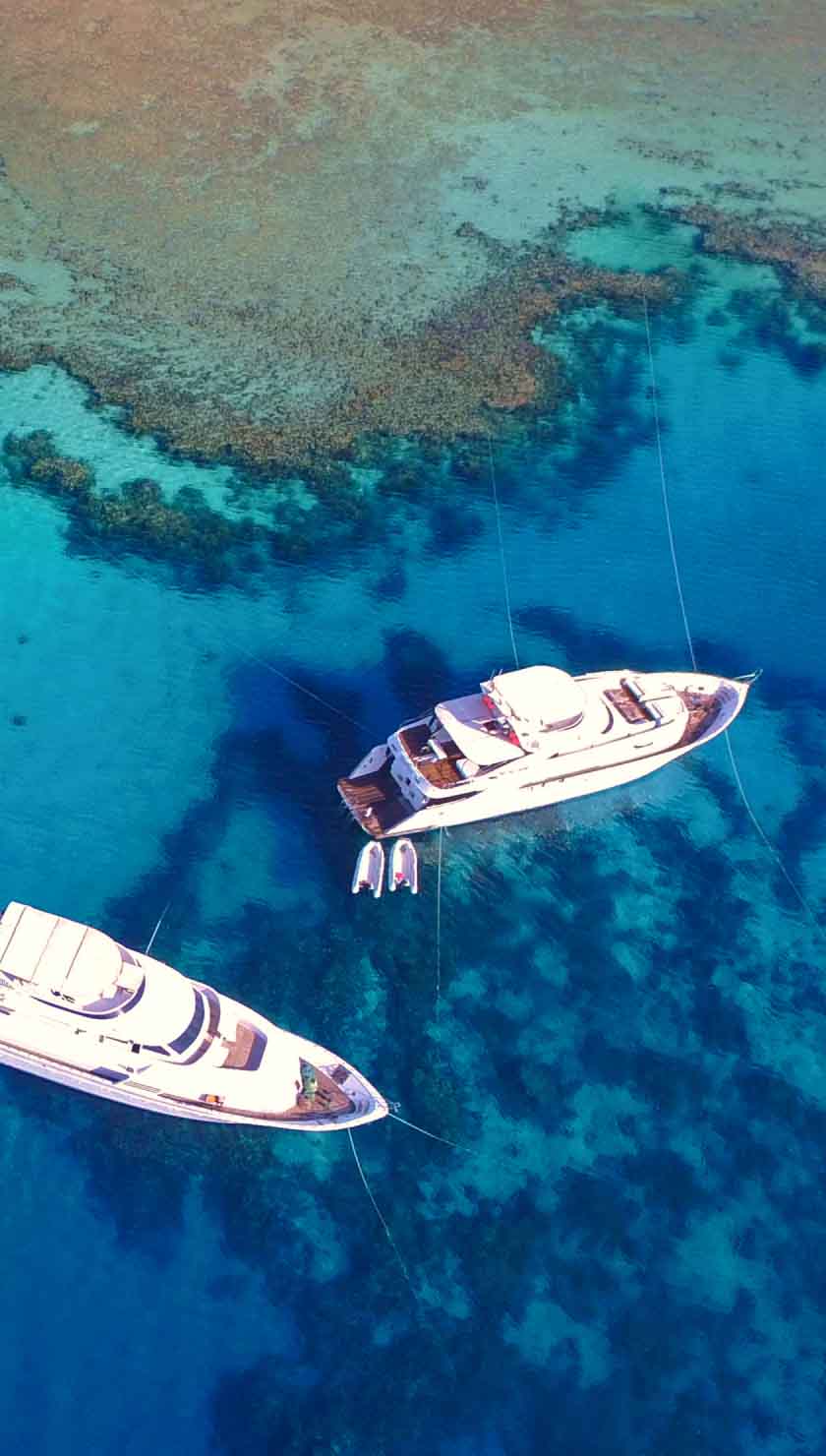Diving Raja Ampat: Seasons, Marine Life, and Insider Tips
Turquoise waters shimmer in the morning light as a kaleidoscope of reef fish dances beneath the surface. At the heart of the Coral Triangle, Raja Ampat, Indonesia, remains one of the world's most biodiverse marine environments. But while its reefs are teeming with life year-round, knowing when to dive here can make all the difference. From calm seas and crystal-clear visibility to manta migrations and coral spawnings, this guide explores the best time to dive in Raja Ampat — and what you’ll find when you get there.
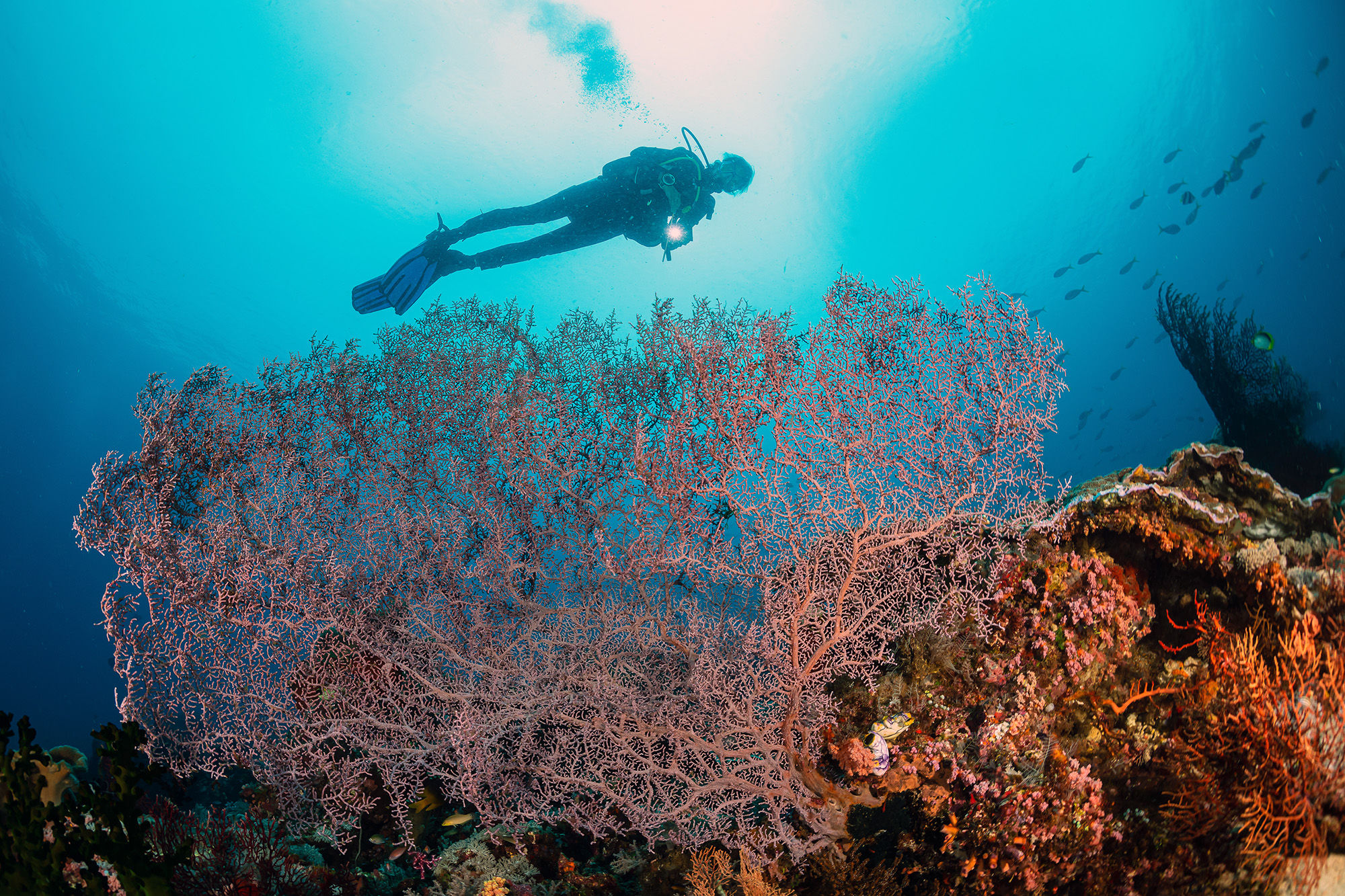
Quick Summary
- Best time to dive: October to May
- Water temperature: 28–30°C (82–86°F)
- Visibility: 15 to 30 meters (50–100 feet)
- Marine highlights: Manta rays, wobbegong sharks, pygmy seahorses, coral spawning, schooling fish
- Season type: Tropical; peak diving during dry months
Diving Seasons in Raja Ampat
High Season (October to May)

This is when Raja Ampat truly comes alive. The winds ease, the seas settle, and liveaboards spread out across the archipelago. These months bring consistent conditions, with warm, clear water and visibility often exceeding 25 meters. It's the best time for underwater photographers and first-time visitors. Currents tend to be manageable, and dive sites like Blue Magic and Cape Kri showcase dramatic schools of fish, barracuda, and patrolling reef sharks. The chance of seeing manta rays is highest between December and April, particularly around cleaning stations in the Dampier Strait and Misool regions.
Low Season (June to September)

Though diving is still possible in some areas, this period is considered the off-season in Raja Ampat. Stronger winds and rougher seas make certain regions inaccessible, especially for liveaboards. Operators may reduce departures or focus on more sheltered areas. Visibility can drop, and plankton blooms may occur, which sometimes attract mantas, but reduce clarity. Rainfall increases, and while you'll still find incredible marine life, it’s not the ideal time for divers seeking perfect conditions.
Marine Life Highlights
Raja Ampat is the underwater equivalent of the Amazon Rainforest — an explosion of life where every dive reveals something new. Scientists have recorded over 600 species of coral and more than 1,700 species of reef fish here — more than anywhere else on the planet.
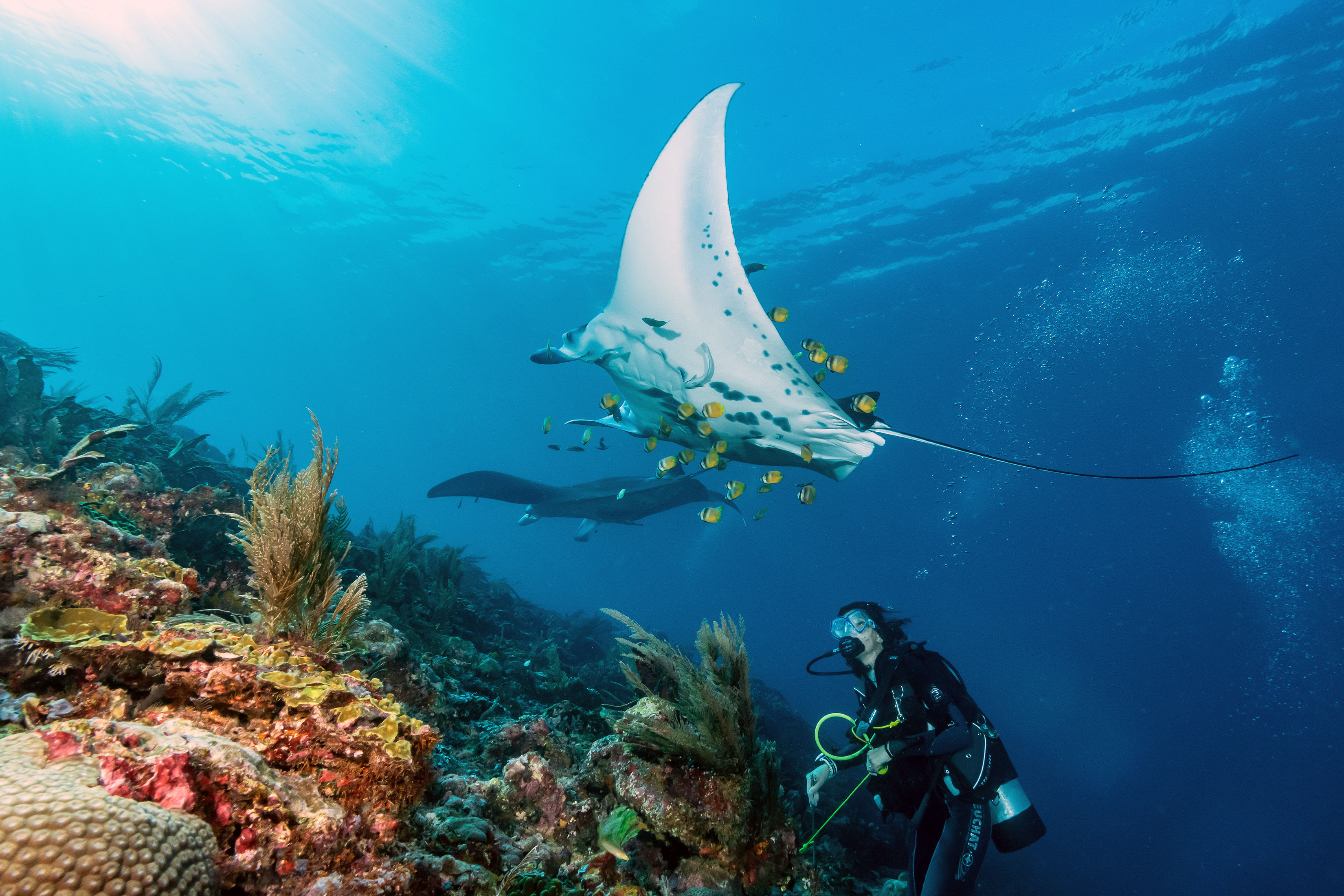
Diving in peak season offers a front-row seat to mantas soaring over cleaning stations, blacktip sharks weaving through schools of fusiliers, and giant trevallies chasing bait balls in open blue water. Macro lovers will be delighted by the pygmy seahorses, nudibranchs, and ornate ghost pipefish hidden among vibrant soft corals.
December to April marks the most reliable time for manta sightings, particularly in sites like Manta Sandy and Manta Ridge. Coral spawning events, typically occurring around the full moon in October and November, provide another spectacle for lucky divers.
Photography Tips by Season
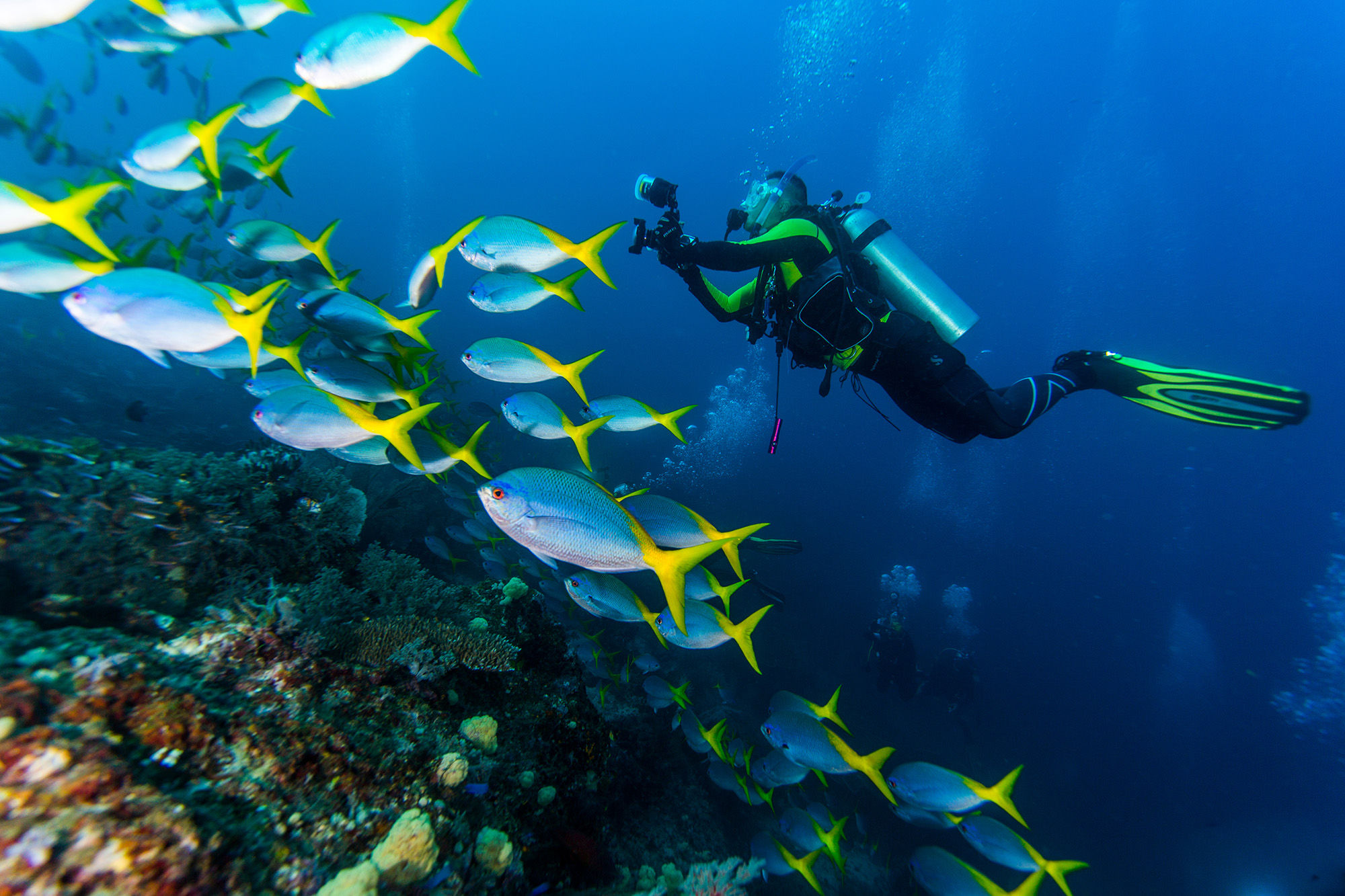
For underwater photographers, the high season is prime time. The water clarity is excellent, with strong sunlight penetrating the surface to illuminate coral walls and reefscapes. Wide-angle photography flourishes in these months, especially at sites like Melissa’s Garden, where hard corals bloom in technicolor and sweetlips hover near the foreground.
Macro photographers should head to sites like Arborek Jetty and Yenbuba for steady currents and subjects like candy crabs, squat lobsters, and pipefish. Early morning dives offer soft, natural light, and sunrise dives can capture unique behaviors, such as hunting trevallies or mating mandarinfish.
Dive Travel Tips for Raja Ampat
- Liveaboards vs Resorts: Liveaboards are the best way to access Raja Ampat’s remote southern and central regions. Resorts are clustered around the Dampier Strait and Misool, offering more relaxed itineraries for macro and reef dives.
- Booking in advance: Raja Ampat’s high season is in high demand. Book liveaboards 6–12 months in advance for peak travel between December and March.
- Permits: All divers must purchase a Raja Ampat Marine Park Entry Permit (approx. USD $100), valid for one calendar year.
Liveaboards and Dive Operators
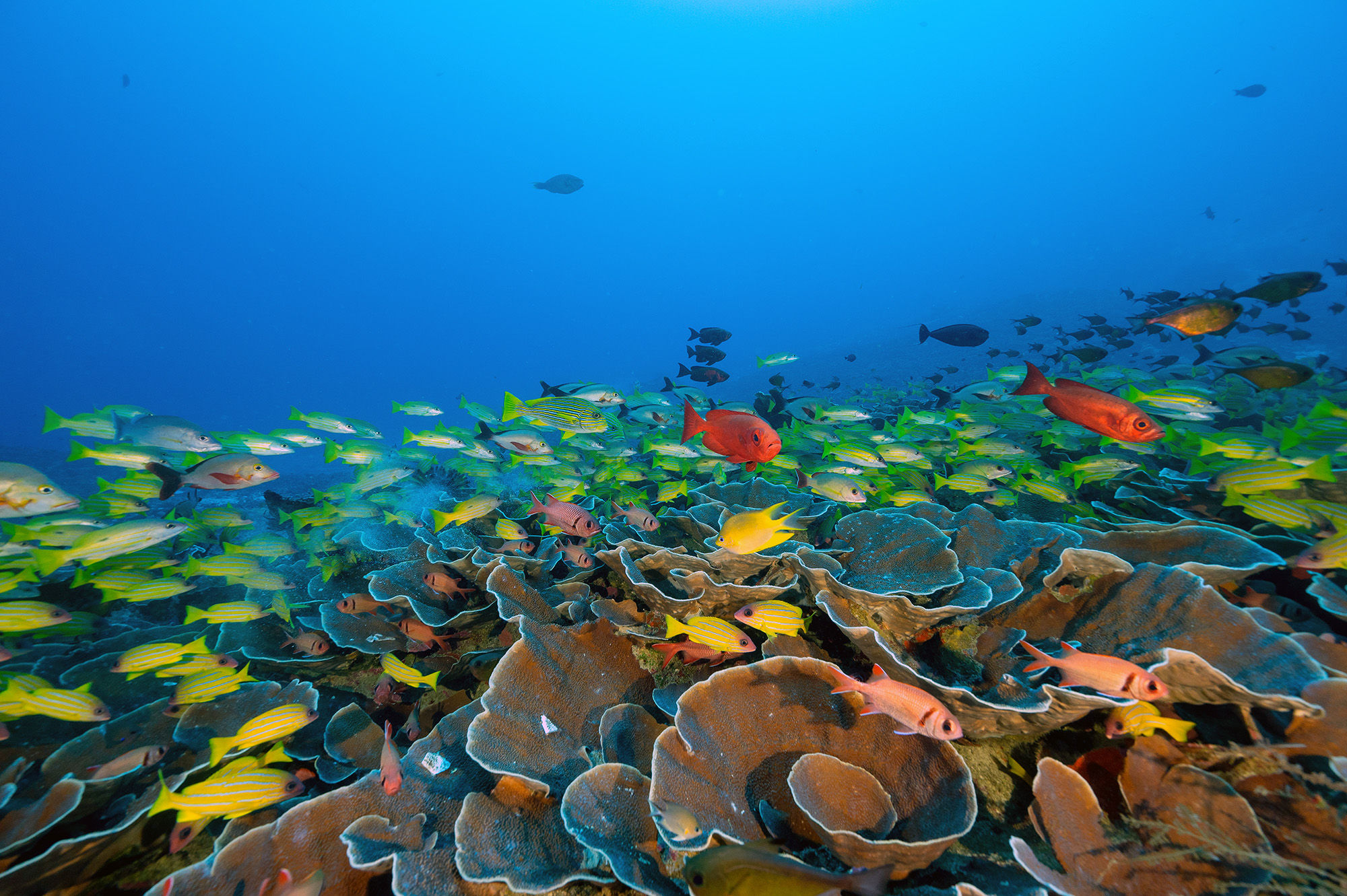
To explore Raja Ampat to its fullest, liveaboards are the top choice. Vessels like the Blue Manta visit iconic sites across Misool, Batanta, Waigeo, and the Dampier Strait, offering divers access to remote, untouched reefs. Dive resorts, such as Papua Explorers or Misool Eco Resort, also operate during the high season, offering curated dive packages and expert local guides.
Other Top Dive Destinations by Season
If you're planning your dive travel around seasonal highlights, you may also enjoy:
When You Should Dive in Raja Ampat
While the reefs of Raja Ampat thrive in every season, the window between October and May offers the most consistent, rewarding, and awe-inspiring diving experiences. Whether you're drifting past blooming corals, chasing the shadows of mantas overhead, or zooming in on a pygmy seahorse no larger than a grain of rice, Raja Ampat promises a diving adventure like no other.










